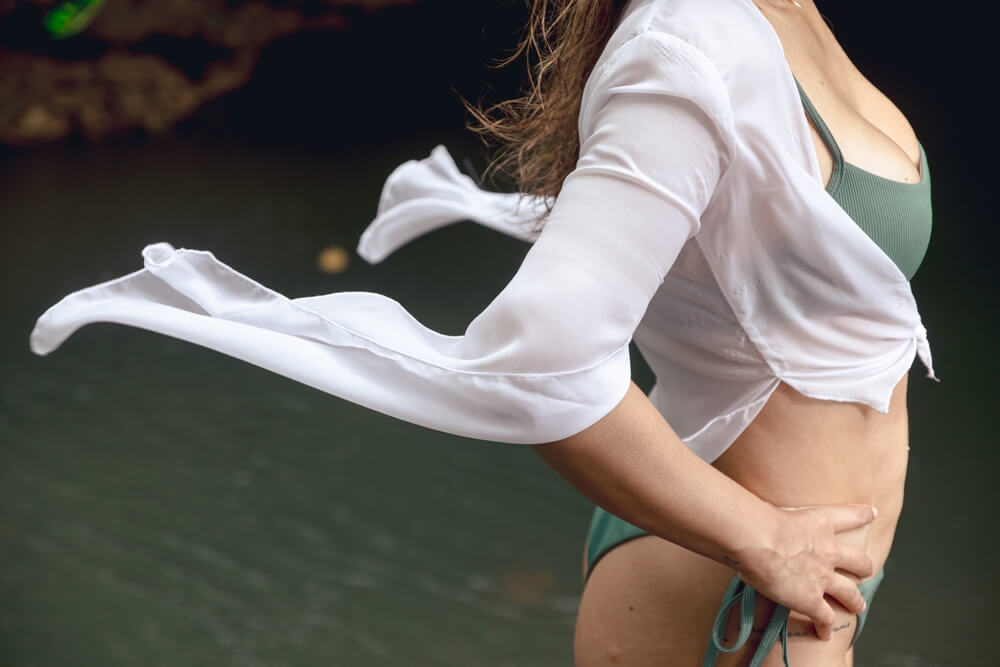
23 Oct
Preservé: The latest in minimally invasive breast augmentation. What does it involve?
Every so often, new procedures in plastic and aesthetic surgery emerge that are sold as “revolutionary.”. Marketing… How many of them are real? The latest innovation in breast augmentation is the technique Preservé from Motiva. I’ll tell you what it is, what benefits it offers patients, and our experience at Cànons Clinics.
What is the Preserve Breast Augmentation Technique: What Does It Innovate?
A surgery based on the preservation of breast tissue
To understand what Preservé is, let’s see where we’re starting from.
Briefly, a breast augmentation conventional varies according to:
-
- Where we make the incision (the approach). It can be in the lower fold of the breast (submammary fold), around the areola (periareolar fold), or in the armpit. This is where the scar is located.
- Where we put the implant (the placement plane). Under the mammary gland (subglandular), under the fascia of connective tissue that covers the pectoral muscles (subfascial) or under the muscle itself (submuscular).
Everything has its pros and cons.
The most common approach today is the submammary fold and placing the prosthesis under the muscle., usually in a position we call “Dual Plane.” The upper part is behind the muscle and the lower part is behind the gland.
Although there are many different cases, this is what is usually recommended for most patients. It is a very safe, effective, and satisfactory technique. At Cànons Clinics, we have had and continue to have fantastic results.
But it has one main disadvantage.
Obviously, people aren’t born with a space in their chest to accommodate implants. That space, known as a pocket, must be created.
For this, we make small cuts in the muscles. And although it is done with the greatest delicacy, it is still a procedure quite traumatic. It causes pain in the postoperative period and requires the patient to pause his life for at least 6-7 days.
That’s the crux of the matter.
Preservé is a minimally invasive technique that preserves breast tissue. We create a pocket for the prosthesis without cutting the muscle. As I’ll explain later, the breast generally suffers less, and recovery is much faster.
Afterwards, I’ll tell you an amazing case.
How the procedure changes
The Preserve breast augmentation involves 3 steps:
1. The breast is tunneled. An instrument is used to make a small tunnel in a very tissue-friendly way, displacing them with no cuts. It is inserted through a 2.5 cm incision in the submammary fold.
2. An inflatable balloon is inserted through this tunnel and inflates it with absolute control (it’s tailored to the size of the prosthesis we’re going to insert). The tissues gently stretch, and we “open up space” without damaging the muscles, nerves, blood vessels, or gland.
3. The balloon is removed and the implant is inserted using the No Touch technique. A sterile sleeve is used to place it in the pocket we’ve created. It is positioned without trauma, taking advantage of the breast’s own support structures.
Where exactly is the prosthesis placed?
In a multi-layered space of fatty and fibrous tissue. It’s a subglandular plane, but much better integrated into the breast. It’s more natural for the body, more stable (prevents implant malpositions), and, above all, safer.
Motiva calls it “breast tissue preservation space.”
It is very novel, because:
-
- Combines the benefits of the submuscular plane: safety, lower risk of capsular contracture and rippling and minimal palpability of the prosthesis;
- With the good of the subglandular: The implant does not move when contracting the pectoral muscle, the muscle remains intact and there is less postoperative pain.
On the left, the 3 classic placement plans.
On the right, the one for Preservé, more respectful of breast anatomy and functionality
What prostheses are used
Note that we make an incision of only 2.5 cm.
This means that not just any implant is suitable for breast augmentation with the method Preservé because it has to fit through that tiny opening without losing its integrity.
We specifically use the ergonomic prostheses Ergonomix2 from Motiva, cutting-edge. They’re made with a special silicone gel that’s more flexible, so to speak. They’re able to fit through very small spaces.
They also have other advantages:
-
- They offer a very organic result. They are round implants, but in terms of visual and mobility, they are similar to anatomical implants. Whether standing or lying down, the breast behaves very similarly to how it would naturally.
- They are associated with a very low complication rate. This is due to their nanotextured coating. They integrate very well into the breast tissue, which causes less inflammation and minimizes the risk of capsular contracture.
- Feeling of naturalness. In touch, in how they feel… Patients don’t feel like they’re carrying something in their chest. It’s as if it’s part of them, as they often tell me in the clinic.
In a previous article I reviewed and gave My medical opinion on Motiva prostheses.
Check it out if you want to know more.
How breast augmentation improves with the Preservé technique
Regarding traditional techniques
Do you prefer a longer or shorter postoperative period?
Preserve achieves fantastic results, like those attainable with current breast augmentation methods in skilled hands, but it also has a fundamental advantage.
It is a minimally invasive technique.
That means:
-
- Almost undetectable scars on the breast. We’ve moved down to scars measuring just 2.5 cm. With simple care, they’re healing very well. They’re almost imperceptible, no matter what you wear.
- Preserves more anatomy, functions and sensitivity. The breast is reshaped with minimal alteration to its structure. The muscle is not touched, and the risk of affecting nerves, blood vessels, and glands is significantly reduced. Your nipple remains just as sensitive.
- No general anesthesia, drainage, or hospitalization. As we don’t damage the breast tissue as much; local anesthesia and sedation are sufficient to ensure zero pain. It’s safer, faster, and you sleep in your own bed that night.
Thanks to all this the reinstatement is almost immediate.
Although each body has its own time, what we are seeing is that with the exception of efforts and sports for at least 1 or 2 weeks, you resume your routine after 24 hours.
It’s wonderful. Especially if you can’t afford a break.
You must follow a series of recommendations to achieve optimal results, of course. And of course, we monitor you in the clinic.
But I tell you that on the same day the patients already feel like walking or doing light daily activities (unthinkable with traditional surgery). Inflammation and postoperative pain are greatly reduced, so are the complications.
And given that lower invasiveness, the results are even more natural. Although, as I say, in good hands, a traditional approach like the Dual Plane can still achieve a very beautiful, harmonious, and proportionate chest.
Watch the video. I’ll explain more.
Thanks to all this the reinstatement is almost immediate.
Although each body has its own time, what we are seeing is that with the exception of efforts and sports for at least 1 or 2 weeks, you resume your routine after 24 hours.
It’s wonderful. Especially if you can’t afford a break.
You must follow a series of recommendations to achieve optimal results, of course. And of course, we monitor you in the clinic.
But I tell you that on the same day the patients already feel like walking or doing light daily activities (unthinkable with traditional surgery). Inflammation and postoperative pain are greatly reduced, so are the complications.
And given that lower invasiveness, the results are even more natural. Although, as I say, in good hands, a traditional approach like the Dual Plane can still achieve a very beautiful, harmonious, and proportionate chest.
Watch the video. I’ll explain more.
Regarding other minimally invasive techniques
Preservé it is not the only procedure of this type that exists today.
The main alternative is MIA FemTech, breast augmentation. Also, minimally invasive. It preserves tissue, requires no general anesthesia, and offers rapid recovery.
Differences?
-
- The prosthesis is inserted via the transaxillary route. That is, through an incision in the armpit and not in the submammary fold.
- It does not leave scars on the chest. Only one about 2 cm long remains hidden under the arm. Almost invisible.
- Increases maximum 2 bresta cups and an implant not bigger than 220 cc. It is indicated for more discreet increases, which excludes many patients who wish to enlarge more.
Preservé allows you to hold up to 4 breast cups and 330 cc, adapting to the preferences in each case. Some women seek an even breast volume. Others want or need more projection in the upper breasts, a more prominent neckline, etc.
It is a more versatile technique in that sense. It can even be used to correct mild to moderate degrees of tuberosity and asymmetries.
And it is just as advanced but more economical. Both MIA and Preservé are “high-end surgeries” and require a greater investment for the patient than traditional ones. But Preservé usually has a slightly lower price.
Our experience with breast augmentation Preservé
Why we have incorporated it and limitations we see
Many patients told me that.
Hopefully an increase of chest without general anesthesia and doing normal life the same day. As someone who is going to have a medical test or a cosmetic treatment.
With Preservé this demand is now practically possible.
And I honestly think it’s a super important step forward. I’ve had a lot of operations under my belt… I see here. One of the greatest revolutions in breast surgery in the last 25 years. One that Motiva has already started with the Ergonomix2 implant.
Referring to the introduction of the article, I do not consider this to be “marketing”. Because you can leave the clinic on your own two feet and can can keep with your routines with ease if you need to (without any physical effort)…
It seems to me a stroke of genius.
That’s why we’ve incorporated this new procedure at Cànons Clinics.
In addition, we have an outpatient operating room in our facilities. For patients it is very comfortable. They avoid paperwork and the cold hospital environment. They come in, we operate safely, and they go home delighted.
Now, like everything, there are some limitations:
-
- When do we indicate Preservé? In most breast augmentations and also in elevations with volume increase, including tuberous breasts and asymmetries. Primary surgeries, without previous operations.
- When do we opt for the traditional technique? Mainly for patients who desire large-volume implants or who have very thin skin, for example, due to aging or because they’ve lost a lot of weight.
- Does the price change? Preservé involves an additional cost. Its cutting-edge technology and latest-generation implants allow for rapid recovery and maximum preservation of the breast structure.
Recent case in our clinic: “Can I go to a concert?”
I’ll tell you about a case we had recently.
Young patient with small breasts. For personal reasons related to her anatomy, she is seeking a moderately successful breast augmentation. As is normal, she is concerned about general anesthesia and postoperative pain.
After a detailed physical examination, we indicated the new minimally invasive technique Preservé. We opted for some prosthesis Ergonomix2 of high profile and 250 cc (each patient has their ideal size, we assess it in the consultation).
We make an appointment for surgery and here comes the amazing part.
On the same day of the operation she reported 0 pain. After three days, she even asked me if he could go to a concert, with all that entails. Jumping, dancing, raising his arms, etc.
It shouldn’t be because for at least a week, you should avoid stress and impacts that could affect the result. You have to give the implant time to settle properly.
But if it had been up to her…
¿Preservé would be the most suitable for me?
We must assess it in the consultation.
With breast augmentation Preservé we are seeing fantastic results at Cànons Clinics. Many women who were hesitant to take the step for fear of general anesthesia, pain, recovery, etc. have decided on this technique and now they are happy.
But each patient is a world of their own.
Depending on your anatomy, the amount of breast tissue, your skin quality, your desires, the presence or absence of ptosis (drooping), etc., one intervention or another may be more indicated.
Why don’t you make an appointment and we’ll see it?
Call us at 683 27 07 09, write to us via WhatsApp or fill out the contact form (button below). We’ll study your case, answer any questions, and perform a 3D simulation to help you choose the best procedure.
We’re located in Barcelona and Granollers. We’ll be happy to assist you.
More information
If you would like to investigate further, visit the Motiva website or these references:
-
- Szychta P. Advancements in Aesthetic Breast Augmentation: Evaluating the Safety, Efficacy, and Naturalistic Outcomes of Ergonomix2 Implants. Aesthetic Plast Surg. 2024;48(21):4351-4364. Source.
- Botti G, Botti C, Ciancio F.A Single Center’s Clinical Experience With Ergonomix Breast Implants. Aesthet Surg J. 2022 Apr 12;42(5):NP312-NP318. Source.
- Quirós MC, Bolaños MC, Fassero JJ.Six-Year Prospective Outcomes of Primary Breast Augmentation With Nano Surface Implants. Aesthet Surg J. 2019 Apr 8;39(5):495-508. Source.
- Rehnke RD, Groening RM, Van Buskirk ER, Clarke JM. Anatomy of the Superficial Fascia System of the Breast: A Comprehensive Theory of Breast Fascial Anatomy. Plast Reconstr Surg. 2018;142(5):1135-1144. Source.
- Rancati AO et al. Sensory Evaluation of the Nipple-Areolar Complex Following Primary Breast Augmentation: A Comparison of Incision Approaches. Aesthet Surg J. 2023;43(12):NP1013-NP1020. Source.
- Spanish Society of Plastic, Reconstructive and Aesthetic Surgery. Surgery from mother[Internet]. SECPRE [cited 26 Sep 2025]. Source.
Dr. Víctor Hernàndez Machado.
Medical Director of Cànons Clinics
Plastic surgeon specializing in facial surgery and body contouring, with experience in the private sector since 2001. I advocate for honest aesthetic surgery and medicine in which results improve, not change.
Registered doctor in Barcelona number 30493, member of the SECPRE and general secretary of the Spanish Society of Surgical Medical Lasers (SELMQ).

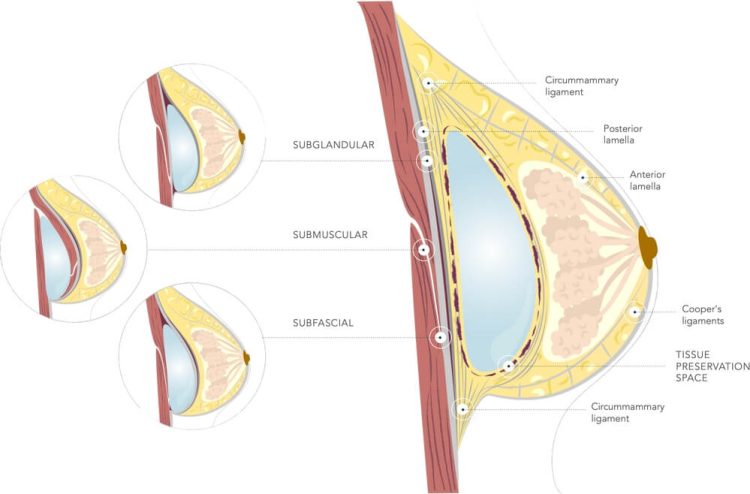
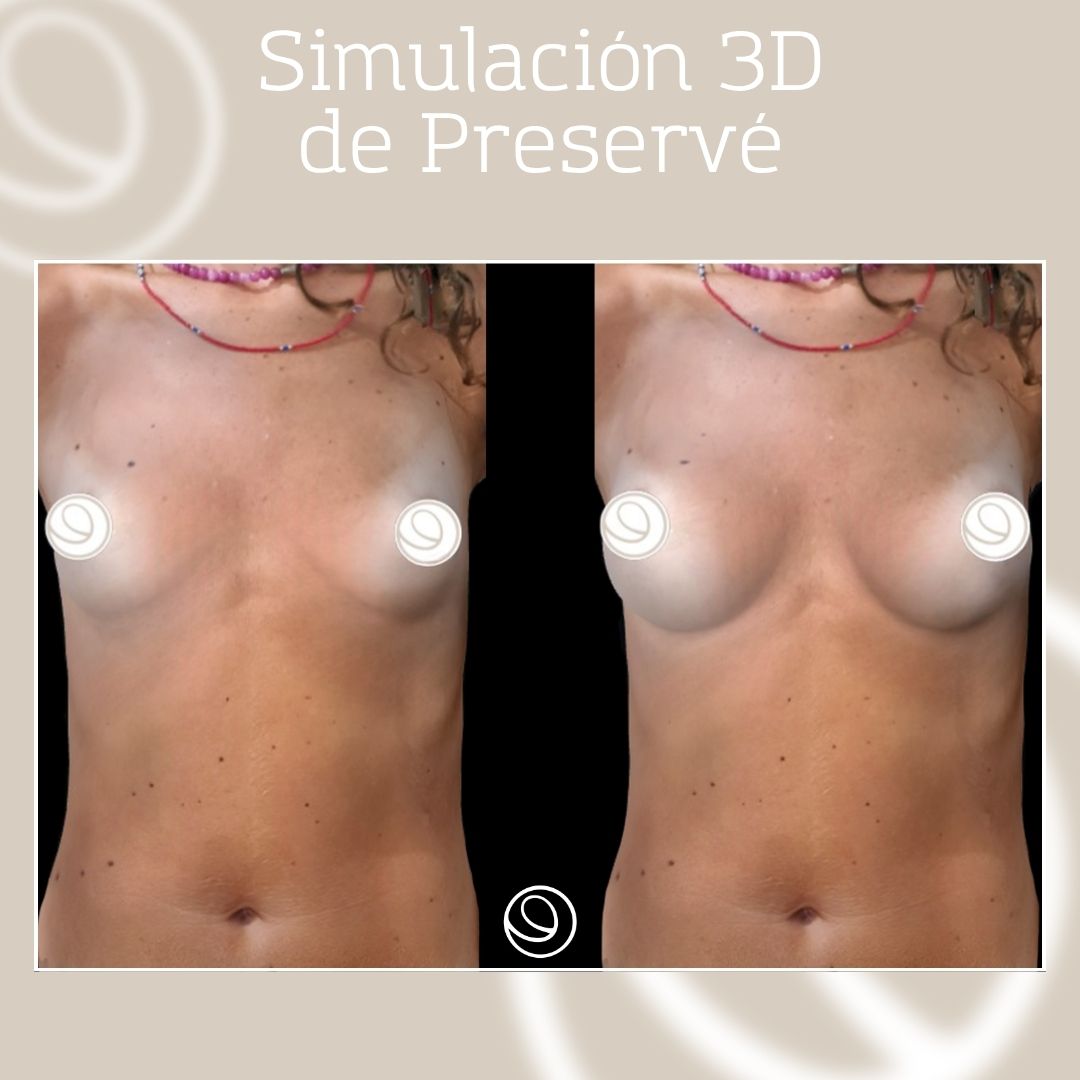
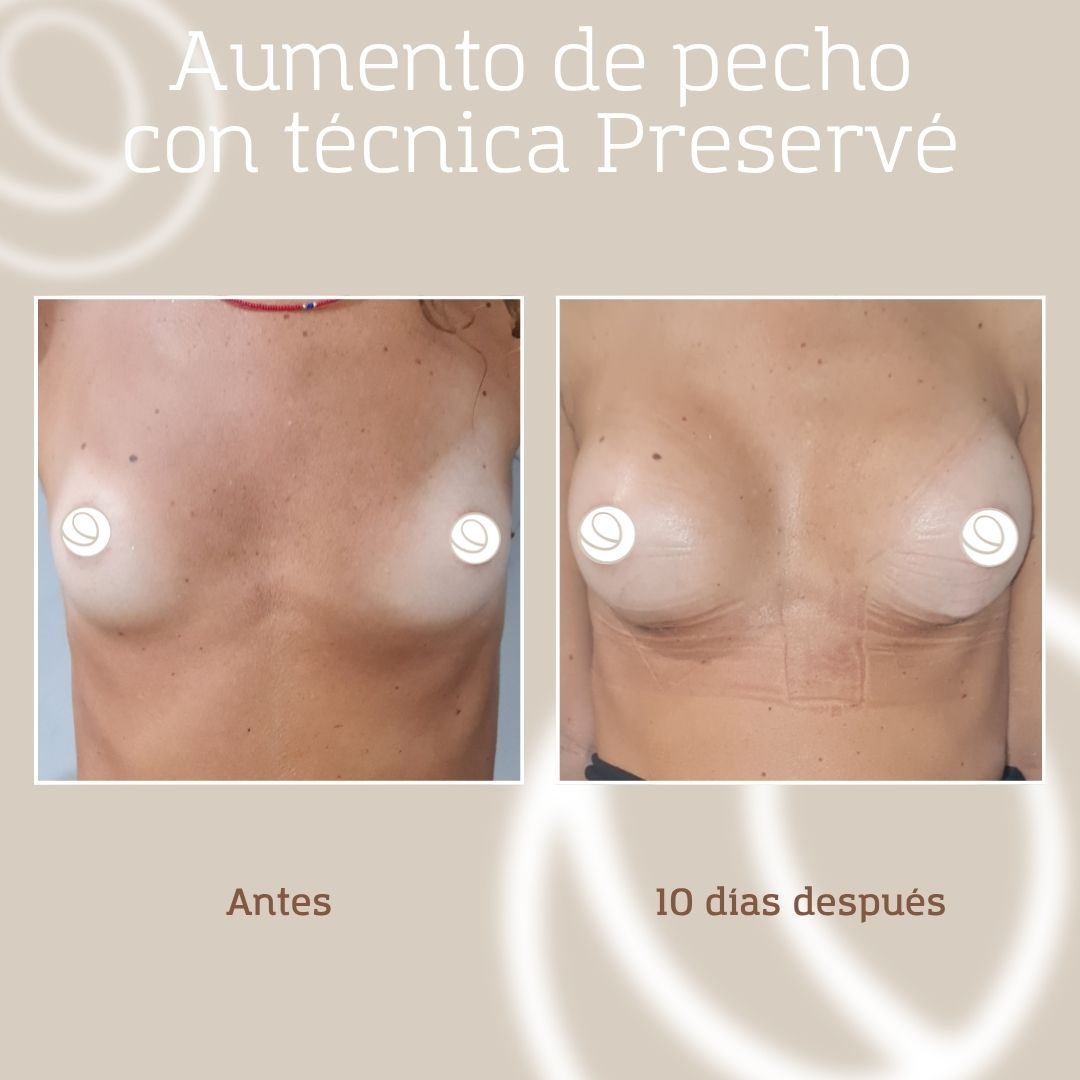
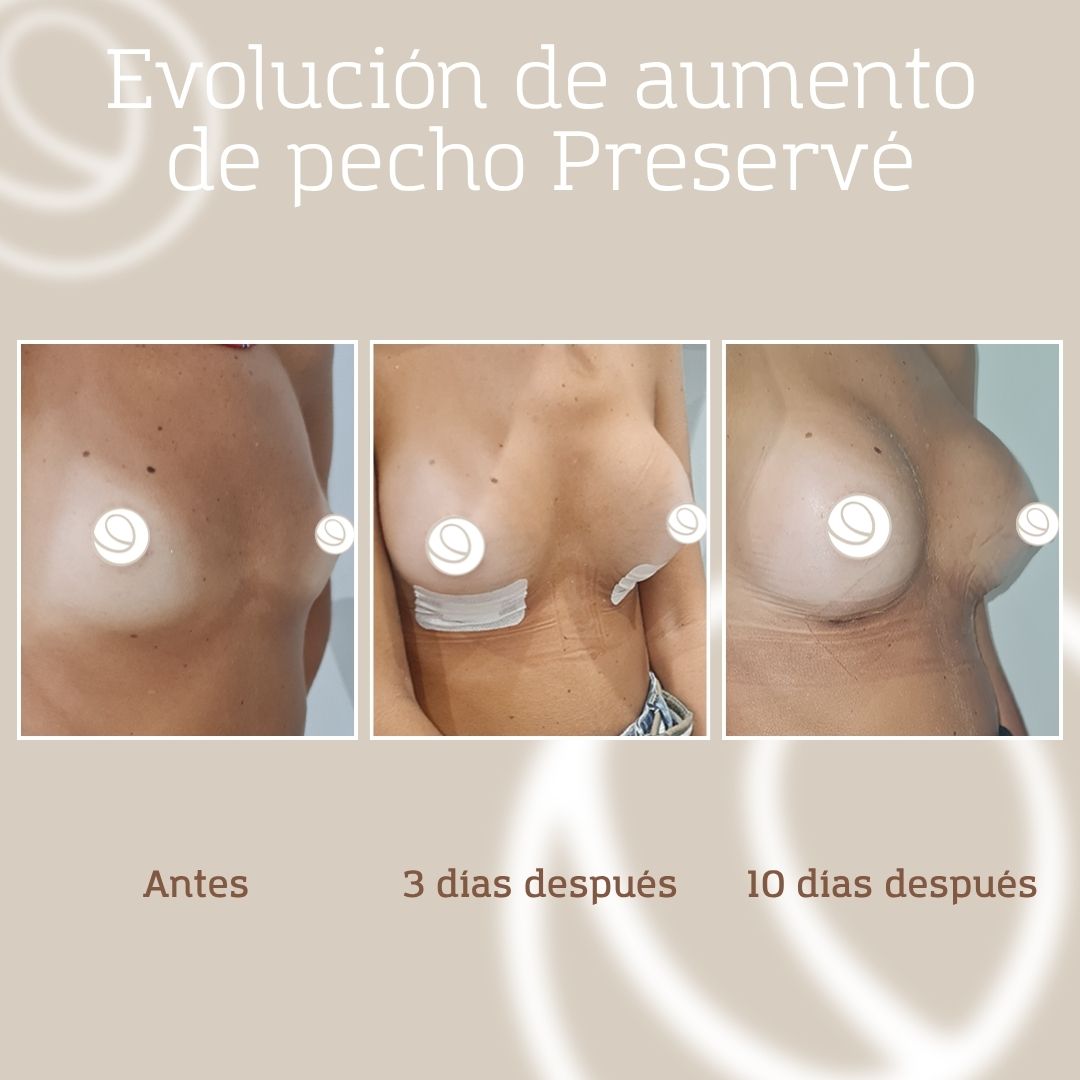
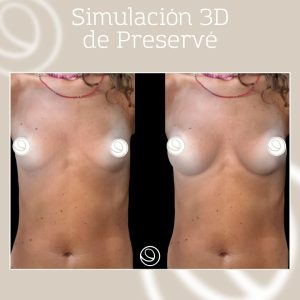
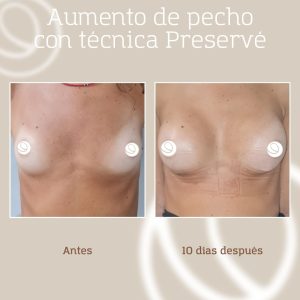
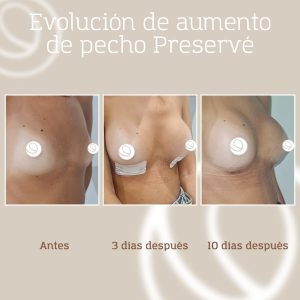
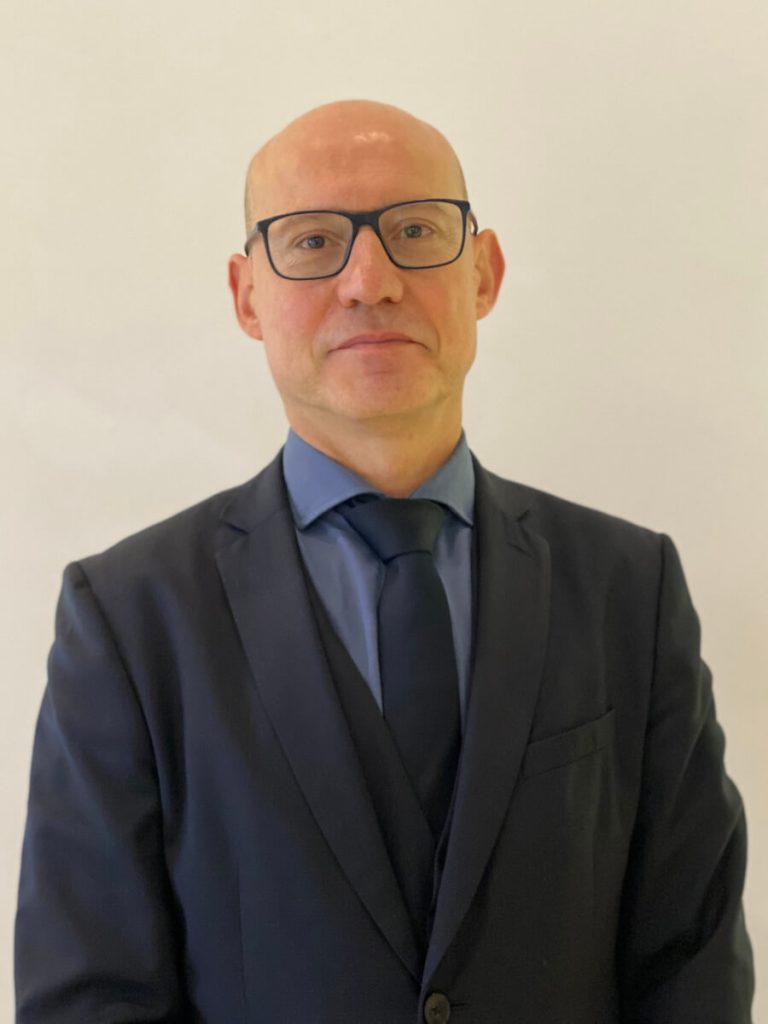
Sorry, the comment form is closed at this time.